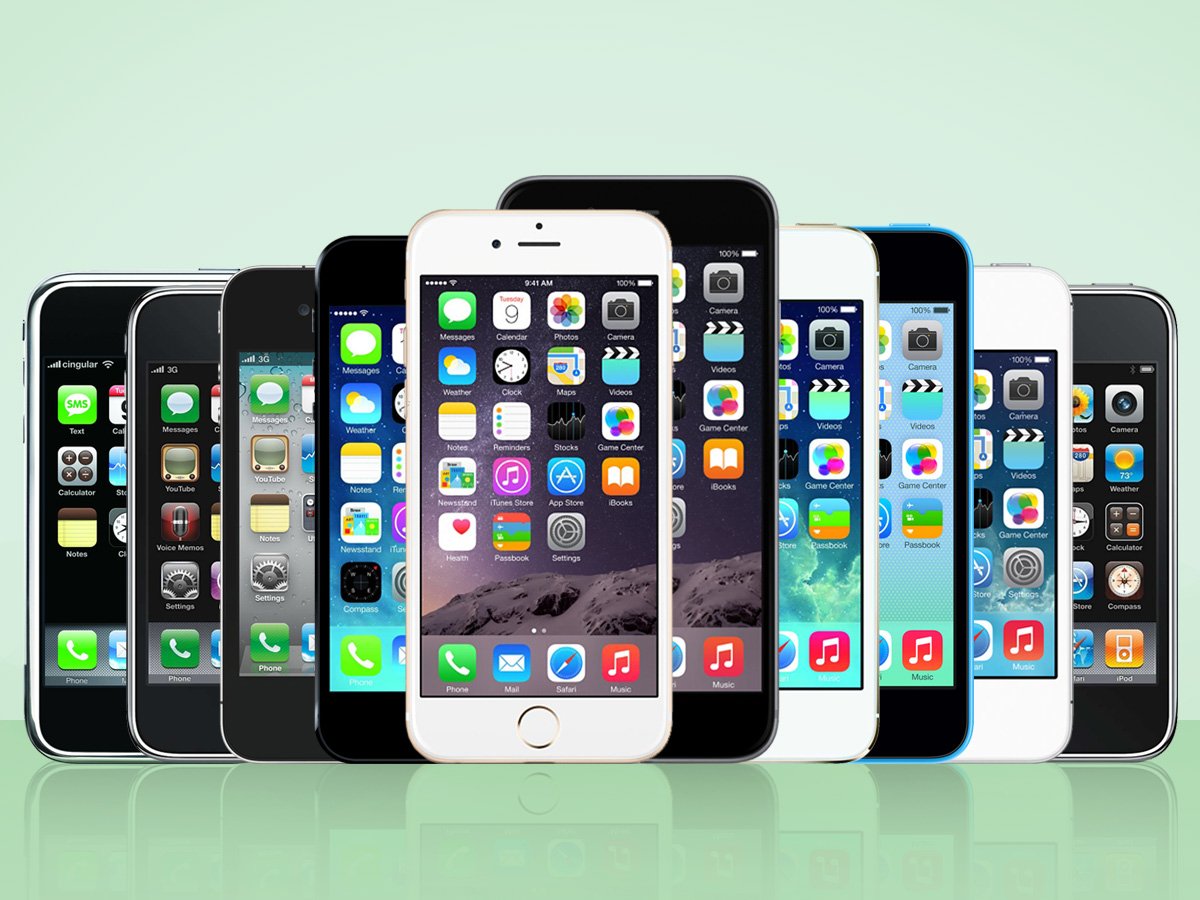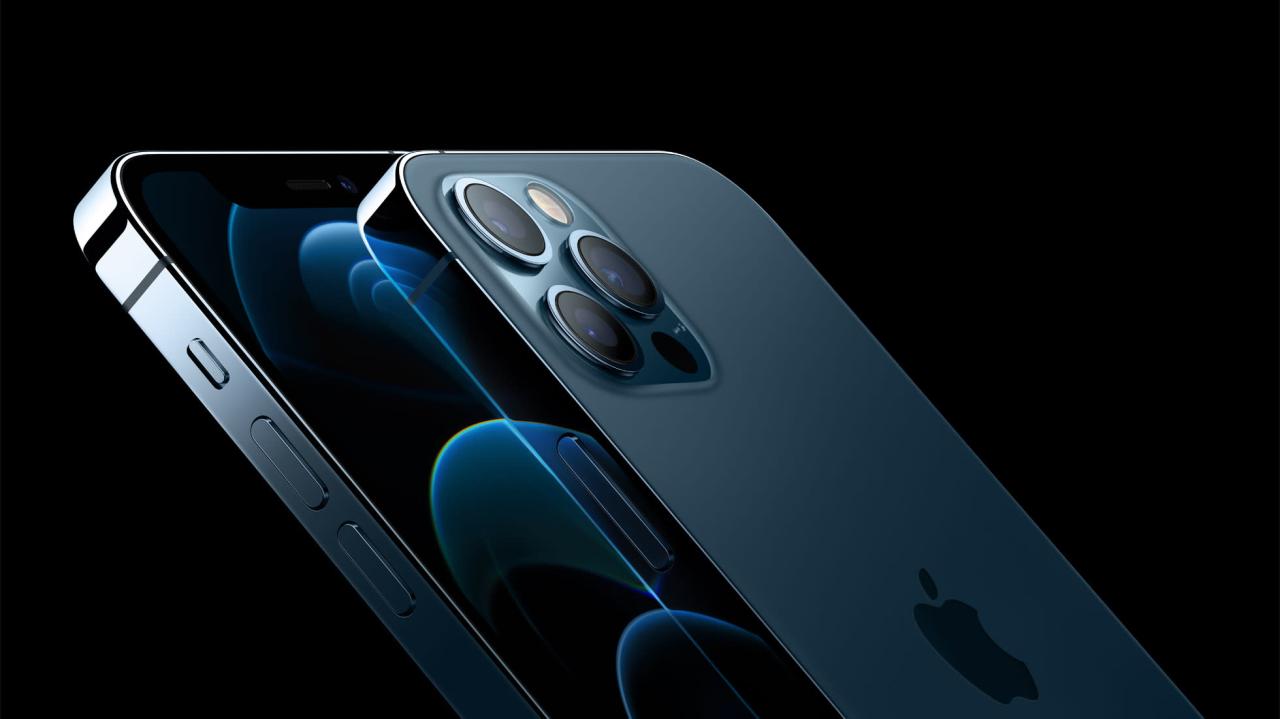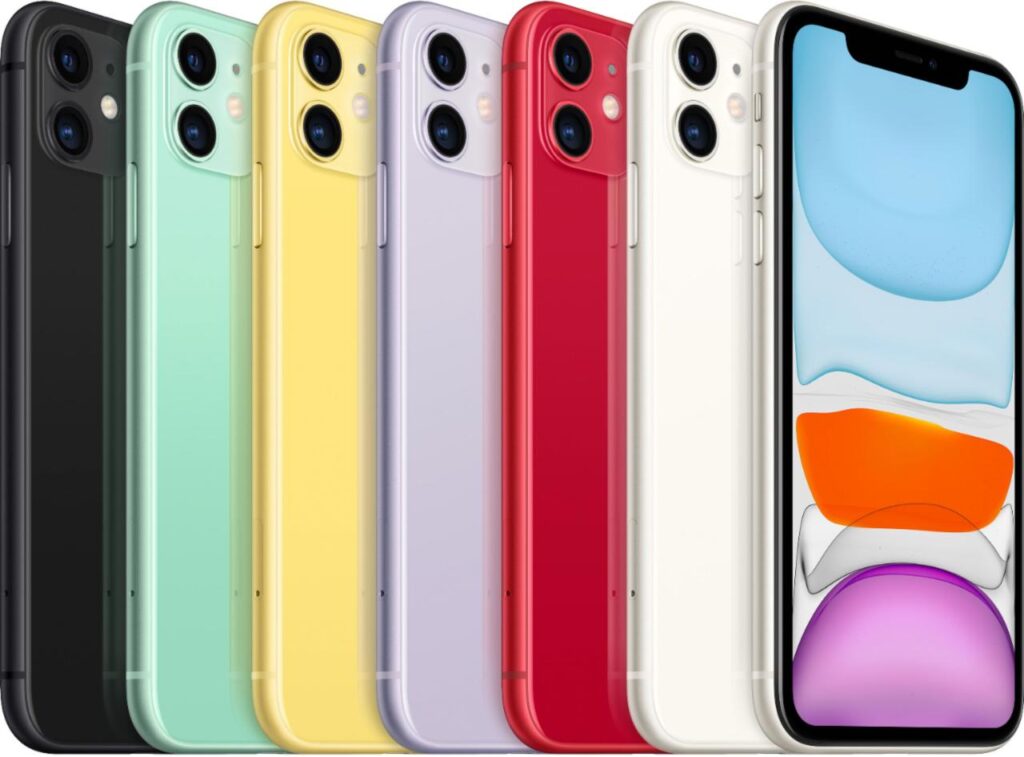Apple Ecosystem Integration

The iPhone is designed to seamlessly integrate with other Apple devices, creating a cohesive ecosystem that enhances productivity and user experience. This integration extends to Macs, iPads, and Apple Watches, enabling users to effortlessly share data, collaborate, and control devices.
One of the key benefits of the Apple ecosystem is AirDrop, a wireless file-sharing feature that allows users to transfer files, photos, and videos between Apple devices with ease. iCloud provides cloud storage and synchronization services, ensuring that data, documents, and settings are always up-to-date and accessible across all devices.
Continuity
Continuity is a suite of features that allows users to seamlessly transition between Apple devices. For example, users can start an email on their iPhone and continue it on their Mac without losing any context. They can also answer phone calls and send text messages from their Mac or iPad.
The Apple ecosystem offers a comprehensive and intuitive user experience, allowing users to maximize their productivity and enjoy a seamless workflow across all their Apple devices.
iOS Operating System
The iOS operating system is a mobile operating system developed by Apple Inc. exclusively for its hardware, including the iPhone, iPad, and iPod Touch. It is known for its user-friendly interface, customization options, and robust security features.
iOS features a simple and intuitive user interface that utilizes touch gestures for navigation and control. It offers a wide range of customization options, allowing users to personalize their devices with custom wallpapers, widgets, and app icons. iOS also prioritizes security, implementing features such as Touch ID, Face ID, and device encryption to protect user data.
Comparison to Android
iOS is often compared to Android, the most popular mobile operating system globally. While both systems offer similar core functionalities, they differ in several key areas. iOS is known for its superior user experience, with a smoother and more polished interface. It also receives regular software updates directly from Apple, ensuring consistent performance and security across devices.
However, Android offers greater flexibility and customization options, allowing users to install apps from various sources and modify system settings to their liking. It also has a wider selection of apps available in its app store, Google Play.
Ultimately, the choice between iOS and Android depends on individual preferences and needs. iOS is an excellent option for users who prioritize ease of use, security, and a seamless user experience. Android, on the other hand, appeals to users who value flexibility, customization, and a wider app selection.
App Store and App Development
The App Store, a digital distribution platform operated by Apple, serves as a vast repository for applications specifically designed for iPhone users. It boasts an extensive collection of apps spanning various categories, from popular favorites to niche offerings that cater to specialized interests and requirements.
For developers seeking to create and publish apps for the iPhone, Apple provides a comprehensive suite of tools and resources. The Xcode integrated development environment (IDE) empowers developers with a streamlined workflow for designing, developing, testing, and deploying apps. Additionally, Apple offers extensive documentation, tutorials, and technical support to assist developers throughout the development process.
App Store Offerings
The App Store offers an unparalleled selection of apps, ranging from productivity tools and social media platforms to entertainment and gaming applications. The vast array of choices ensures that users can find apps tailored to their specific needs and preferences.
- Popular Apps: The App Store features a plethora of widely recognized and frequently used apps, such as social media platforms like Facebook and Instagram, productivity tools like Microsoft Office and Google Docs, and entertainment apps like Netflix and Spotify.
- Niche Apps: Beyond popular offerings, the App Store also hosts a diverse collection of niche apps designed for specific purposes and interests. These include apps for fitness tracking, language learning, specialized photography, and many more.
App Development Process
The process of developing and publishing apps for the iPhone involves several key steps:
- Design and Development: Using Xcode, developers design and develop their apps, incorporating user interface elements, functionality, and data management.
- Testing: To ensure quality and stability, developers thoroughly test their apps on real devices or simulators to identify and resolve any potential issues.
- Submission to App Store: Once an app is complete and tested, developers submit it to the App Store for review by Apple. Apple reviews apps to ensure they meet quality and security standards before approving them for distribution.
- App Store Distribution: Approved apps are published on the App Store, making them available for download and installation by users.
Accessories and Peripherals
The iPhone ecosystem extends beyond the device itself, offering a wide range of accessories and peripherals that enhance its functionality and user experience. These include cases for protection, chargers for power, headphones for audio, and smartwatches for connectivity and health tracking.
Cases
iPhone cases come in various materials, designs, and colors, providing both protection and style. They protect the device from scratches, dents, and impacts, while allowing access to ports and buttons. Some cases also offer additional features such as built-in screen protectors, card slots, or kickstands.
Chargers
iPhone chargers are essential for keeping the device powered up. They come in different types, including wall chargers, car chargers, and wireless chargers. Wall chargers plug into a standard power outlet, while car chargers connect to the vehicle’s cigarette lighter socket. Wireless chargers use inductive charging technology to charge the iPhone without the need for cables.
Headphones
iPhone headphones provide a personal audio experience, whether for music, podcasts, or phone calls. They come in various styles, including in-ear, on-ear, and over-ear models. Some headphones feature noise cancellation technology to block out external noise, while others offer wireless connectivity via Bluetooth.
Smartwatches
iPhone smartwatches, such as the Apple Watch, seamlessly integrate with the iPhone, extending its functionality to the wrist. They display notifications, track fitness activity, and provide access to apps and services. Smartwatches also allow users to make and receive phone calls, send messages, and control music playback.
Market Share and Competition

The iPhone has consistently held a significant market share in the global smartphone industry. According to Counterpoint Research, in Q3 2022, Apple’s iPhone captured approximately 42% of the global smartphone market share, making it the leading smartphone brand worldwide.
Regionally, the iPhone has a particularly strong presence in North America, where it has consistently held a market share of over 50% in recent years. In Europe, the iPhone’s market share is also significant, although it faces strong competition from Android-based smartphones.
The iPhone’s market share varies across different demographics as well. Among high-income earners, the iPhone has a larger market share compared to lower-income groups. Additionally, the iPhone is more popular among younger consumers, particularly in developed countries.
Competitive Landscape
The iPhone faces competition from various Android-based smartphone manufacturers, including Samsung, Xiaomi, Huawei, and Oppo. Each competitor has its own strengths and weaknesses.
Samsung is Apple’s closest competitor in the global smartphone market. Samsung’s Galaxy S series and Note series smartphones offer high-end features and specifications, often at a lower price point than the iPhone. Samsung also has a strong presence in emerging markets, particularly in Asia.
Xiaomi is a Chinese smartphone manufacturer that has rapidly gained market share in recent years. Xiaomi’s smartphones are known for their affordability and value for money. Xiaomi has a particularly strong presence in India and other emerging markets.
Huawei is another Chinese smartphone manufacturer that has been a major competitor to Apple. Huawei’s smartphones offer high-end features and specifications, often at a lower price point than the iPhone. However, Huawei’s recent challenges with the US government have impacted its global market share.
Oppo is a Chinese smartphone manufacturer that has been gaining market share in recent years. Oppo’s smartphones are known for their design and camera capabilities. Oppo has a particularly strong presence in Southeast Asia and India.
User Experience and Customer Satisfaction

The iPhone has consistently received high ratings for its user experience, with reviewers and users alike praising its ease of use, intuitive interface, and overall satisfaction. The device’s simple and clean design makes it easy to navigate, and its responsive touchscreen provides a smooth and fluid experience.
Areas of Excellence
The iPhone excels in several areas that contribute to its positive user experience:
- Ease of Use: The iPhone’s user interface is designed to be intuitive and user-friendly, making it accessible to people of all ages and technical abilities.
- Performance: The iPhone’s powerful hardware and optimized software provide a fast and seamless experience, allowing users to multitask, play games, and run demanding applications without experiencing lag or crashes.
- App Ecosystem: The iPhone has access to a vast and ever-growing library of apps, including popular social media platforms, productivity tools, games, and more. This wide selection ensures that users can find apps to meet their specific needs and interests.
Areas for Improvement
While the iPhone offers a great user experience overall, there are a few areas where it could be improved:
- Battery Life: The iPhone’s battery life has been a common complaint among users, with some models struggling to last a full day on a single charge. Apple has made improvements to battery life in recent models, but it remains an area where users would like to see further enhancements.
- Camera Quality: While the iPhone’s camera has been praised for its overall performance, it has faced some criticism for its low-light capabilities and lack of optical zoom on some models. Users who demand the best possible camera experience may prefer to consider other smartphone options.
- Customization: The iPhone’s operating system, iOS, offers limited customization options compared to other mobile platforms. Users who prefer a more personalized experience may find the iPhone’s restrictions frustrating.
Overall, the iPhone provides a user experience that is highly rated by both reviewers and users. Its ease of use, performance, and app ecosystem are among its strengths, while battery life, camera quality, and customization options are areas where it could be improved.
Questions and Answers
What is the latest iPhone model?
The latest iPhone model is the iPhone 14 series, which includes the iPhone 14, iPhone 14 Plus, iPhone 14 Pro, and iPhone 14 Pro Max.
What are the key features of the iPhone?
The iPhone is known for its sleek design, powerful hardware, intuitive iOS operating system, and vast App Store.
How does the iPhone integrate with other Apple devices?
The iPhone seamlessly integrates with other Apple devices through features like AirDrop, iCloud, and Continuity, allowing users to share files, collaborate on projects, and stay connected effortlessly.
What is the difference between iOS and Android?
iOS is Apple’s mobile operating system, while Android is Google’s mobile operating system. iOS is known for its user-friendly interface, security features, and vast app ecosystem, while Android offers more customization options and a wider range of hardware choices.
How can I develop apps for the iPhone?
Apple provides a comprehensive suite of tools and resources for developers to create and publish apps for the iPhone through the App Store.







